When he was planning our holiday to the south of France earlier this year Simon asked me if I wanted to see the famous lavender fields in Provence. It would mean a detour of a couple of hours but we would be there at the perfect time of year (late June) and I said 'yes please!'.
Lavandin.
They are beautiful, but Simon found all the cars crawling along narrow country roads as the occupants oohed and aahhed at the view very annoying. And he found the sight of tourists parked up on the side of the road and merrily cavorting (ahem...trespassing...) amongst the rows of lavender to take photos intolerable.
Lavandin in the valley.
So I don't have any Instagram worthy photos of the lavender. I have a lot of photos taken from a slow moving vehicle. It would have been nice to stop and visit one of the farms, because they do a lot more than just lavender, but Simon wasn't in the mood. It doesn't help that he hates the smell of lavender anyway.
Looking down in to the valley from the plateau. You can see fields of lavandin down below.
We didn't bother looking for the stone cabin or the 'heart-shaped' tree in the middle of the lavender fields. No point. Why take a photo that has been plagiarised hundreds of times? And in any case, crop rotation means that these fields quite likely don't have lavender in this year.
Curry plant.
The area we drove through was the Valensole plateau, regarded as the very best place to see fields of lavender. As well as lavender you may also see almond trees, bee hives, rosemary, clary sage, thyme, everlasting, saffron and olive trees. There could also be a few goats, and crops of soft wheat, chick peas and lentils. The farms here are remarkably diversified. Lavender isn't necessarily the main crop on each farm either. Terraroma, for example, is the largest almond producer in France, with 20 000 trees producing top quality nuts which are much prized by confectioners (Fr. confiseurs). The sweet almonds are grafted onto bitter almond stock, and some of the trees are 200 years old.
Curry plant.
The plateau of Valensole is about 600 metres above sea level. The lavender flowering season is short -- mid-June to mid-July.
Tourists by a lavender field.
There are many species and varieties of lavender, the best known being Lavendula angustifolia. This lavender is a perennial plant, that grows at altitudes of between 500 and 1500 meters; it can be ingested, is widely used in perfumery and has medicinal properties (healing, disinfectant, soothing, etc.).
Clary sage.
But not all of the lavender crop is L. angustifolia. Some of it is Lavandin, which is Lavendula x intermedia, a hybrid of L. angustifolia and L. latifolia with a stronger, slightly camphorated fragrance that produces more essential oil per kilo of flowers. It can be grown at lower altitudes and is often found in the valleys.
Organic almond orchard.
In English, L. angustifolia is known as English Lavender and is native to cool upland areas of the Mediterranean. L. latifolia is known as Portuguese Lavender and is native to hot lowland western Mediterranean habitats. In French L. angustifolia is known as "lavande", "vrai lavande" or "lavande fine". The hybrid is called "lavandin".
Lavender field on the plateau.
As well, three species of Everlasting (Fr. Immortelle), Helichrysum sp or curry plant are grown for their oil which is used as an antibacterial. Two of the species, including H. stoechas, grow wild and are native to Provence, the other is native to Corsica. A hectare of flowers harvested will produce between 3 and 12 kilograms of essential oil, depending on the season. Once harvested it is distilled in small batches immediately. The plants are cultivated in the same way as the lavender.
Tourists blythely trespassing in a lavender field, with a sign asking them not to pick the flowers.
The other aromatic plant we saw being cultivated is Clary Sage Salvia sclarea (Fr. Sauge sclarée), once again native to the Mediterranean and its essential oil long used medicinally as an analgesic and anti-inflammatory, anti-microbial and anti-oxydant. It is also used in culinary preparations, in alcoholic drinks such as vermouths, and most importantly, luxury perfumes. Like the other plant essential oils it is made by distilling the steam from flowers and leaves.
Organic lavender fields.
It is the third most commonly cultivated fragrance plant after lavender and lavandin in France, virtually all of it on the Valensole plateau. It needs calcareous soils that do not retain water and heat up quickly. It is never the main crop, but used as an important alternative crop as part of a farm's rotation. It is harvested at about the same time as the lavender. It is pollinated by carpenter bees Xylocopa species, unlike the lavender and lavandin, which are more attractive to honey bees Apis mellifera. Unlike in France, where production concentrates on the essential oil which is almost exclusively for luxury perfumes, in other parts of the world Clary Sage is cultivated primarily to extract sclareol and used to perfume detergents and soaps.
Many producers are organic, which means that many fields are not neat rows of bushes divided by rough ploughed bare earth. The organic fields, or those managed for maximum biodiversity, are full of 'weeds' (opportunistic wild plants). The 'weeds' help protect against random grazers, drought and erosion. A bare row loses the fine sand in the soil, which is the most fertile component. I wouldn't be surprised if the decision not to precision manicure the fields is at least partly taken in the hopes of discouraging the some of the Instagrammers too.
Climate change is becoming a challenge on the Valensole plateau, with colder, wetter springs impacting particularly on bee hives. More bees are surviving the milder winters, only to starve in the spring because of lack of nectar.


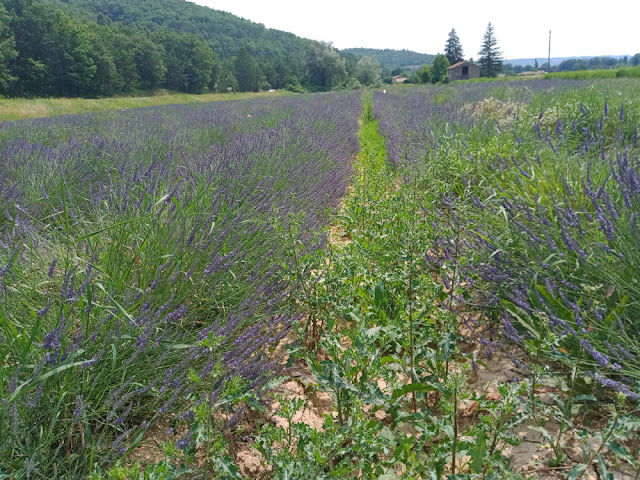
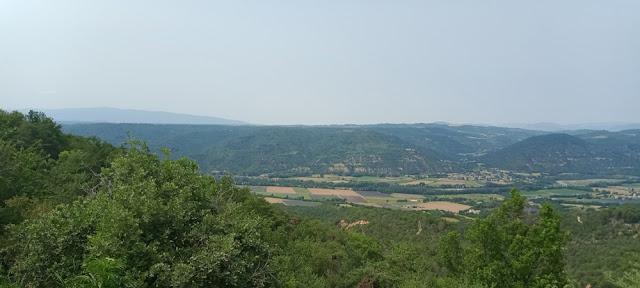

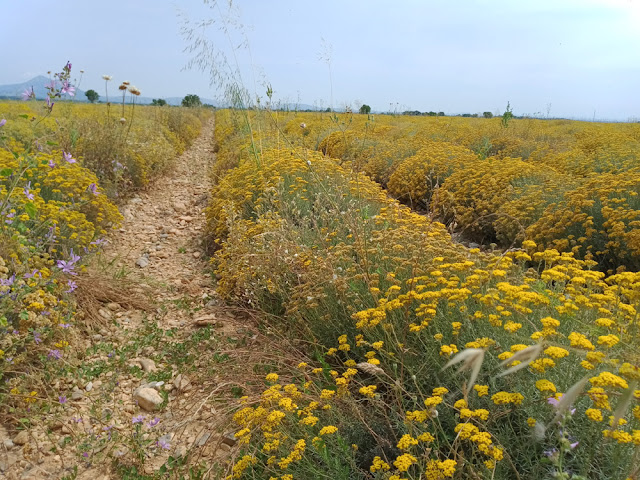


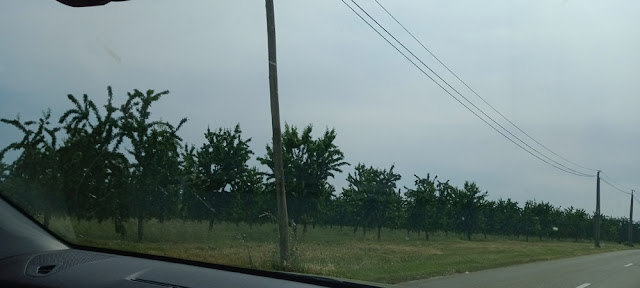


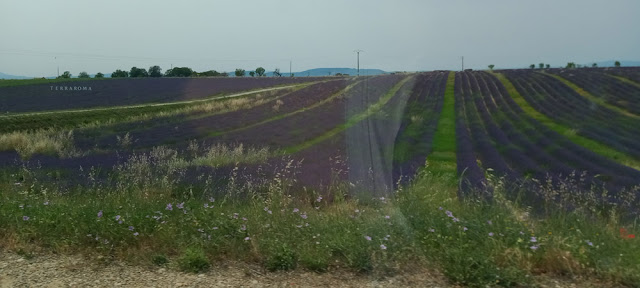
No comments:
Post a Comment